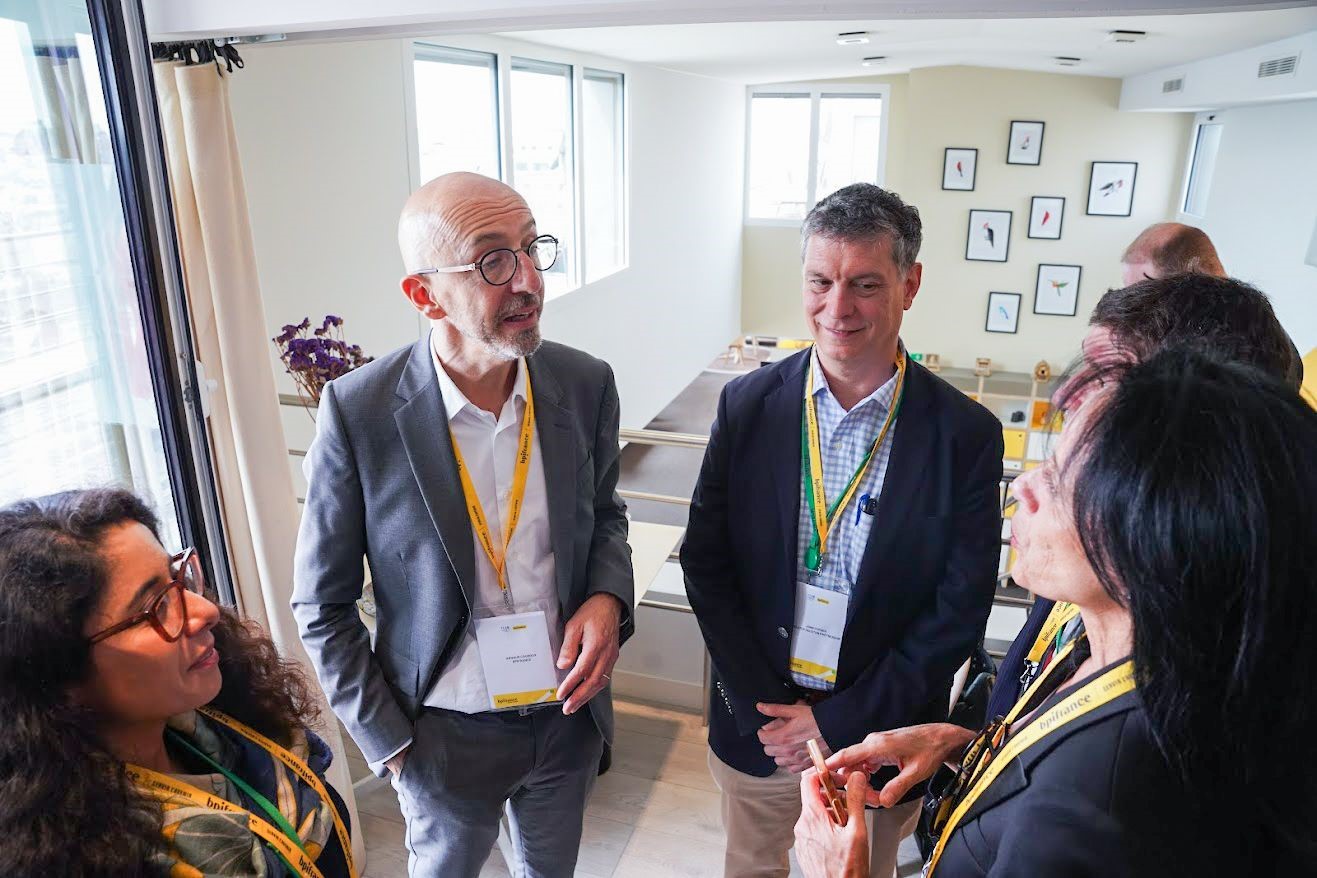Submarket Spotlight: Katy Area
Published Aug 20, 2019 by A.J. Mistretta
Located about 30 miles west of Downtown Houston, Katy sits at the nexus of Harris, Fort Bend and Waller Counties. The city, which had an estimated population of just over 18,000 in 2017, is known for its picturesque residential communities that serve as home to employees working along the Energy Corridor and beyond. The one-time railroad town and the area surrounding it is today a hub of retail and industrial development thanks in part to ongoing highway and infrastructure improvements.
We discussed Katy’s evolution with Lance LaCour, president and CEO of the Katy Area Economic Development Council (EDC).
What has been the biggest recent change that has helped propel the Katy Area EDC’s efforts?
The completion of the Grand Parkway segment between I-10 and 290 has been a tremendous boon to development north of I-10 along this newly opened transit corridor in the Katy area and beyond. Due to completion of the Grand Parkway, land which was previously not developed due lack of highway access, has now become a hub of activity. A variety of projects ranging from large industrial to residential are currently taking place in this area.
The expansion of Westpark Tollway west of the Grand Parkway has also been a tremendous project for our area and has contributed to a great deal of growth both residential and retail.
How has the focus of Katy’s development effort changed through the years?
Initially when I came to Katy Area EDC, we had a strong focus on the energy industry. While the energy industry remains a vital part of the Katy area economy and the Houston region as a whole, we have now placed an emphasis on continued diversification of our local economy. This focus has helped us experience tremendous growth in the medical, industrial and high-tech sectors. We look forward to seeing our economy continue to welcome new types of business while continuing our commitment to supporting the energy industry.
Katy has long been recognized as a residential hub for the region but increasingly it’s become a center of business activity with millions of square feet of office space, industrial etc. What should Katy be recognized for today?
The Katy area is a great place to live and work. We offer a variety of outstanding housing options, acclaimed Katy ISD Schools, and a great deal of dining and retail options, including LaCenterra.
Additionally, with the continued expansion of businesses in our community, we are a community which allows people to live close to work while still enjoying the luxuries of a family-centered suburban lifestyle.
What do you see as a few of the key advantages that Katy offers?
The Katy area offers an affordable cost of living with access to one of the best school districts in the State of Texas. The area also has an excellent business environment with affordable office and industrial options, and access to an expansive talent pool.
What are you most excited about in Katy right now?
As an economic development professional, I am incredibly excited to see the continued diversification of business in our community. In recent years, we have seen a variety of businesses choose to locate in the Katy area ranging from large distribution centers to world-class data centers and fin-tech companies.
What are one or two major changes on the horizon that might help shape the future of Katy?
Leaders throughout the Katy area, including within our organization, continue to focus on infrastructure project advocacy. The advocacy includes flood mitigation as well as mobility projects.
In both areas, we continue to see a great deal of progress and I am excited to see what the next few years have in store as some of the projects begin to come to fruition. One such example is the Texas Heritage Parkway spanning from Westpark Tollway to I-10 at the Pederson Road. This road will assist in reducing congestion in the area and improving access between two main transit arteries in Westpark Tollway and I-10.
What do you see as the Katy’s role in the broader economic development efforts of the Greater Houston region?
The Katy area continues to feature an expansive amount of available land. As the Houston region continues to grow, I think the availability of land in our area will continue to be an attractive option for both commercial and residential developers.
Of course, we also believe the industry which made our area what is it today, the energy industry, will continue to serve as a driver for growth in the Houston region with the Katy area at the epicenter of this growth.
Learn more about Katy and the Katy Area EDC. And find out about the region's other submarkets and communities through the Partnership's Regions and Neighborhoods program.
 The Houston Report
The Houston Report



















